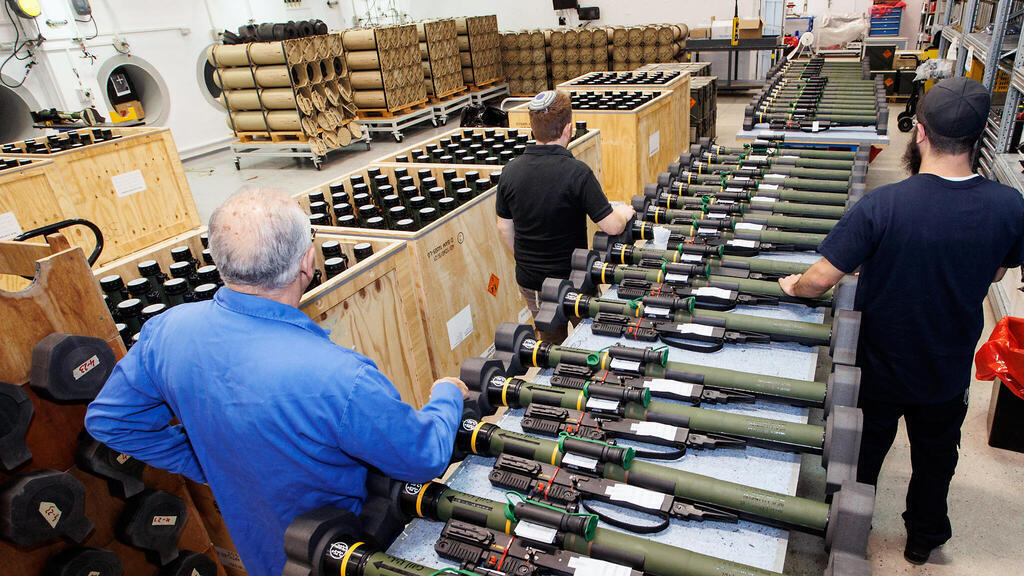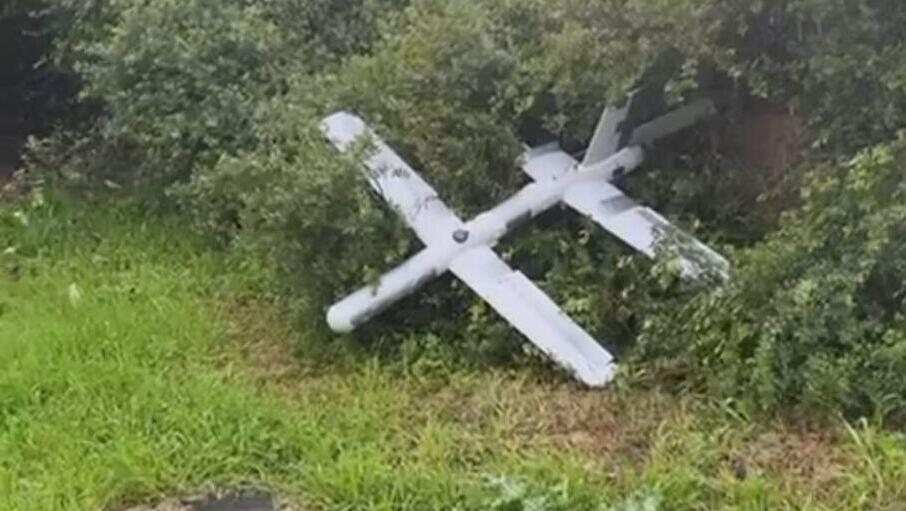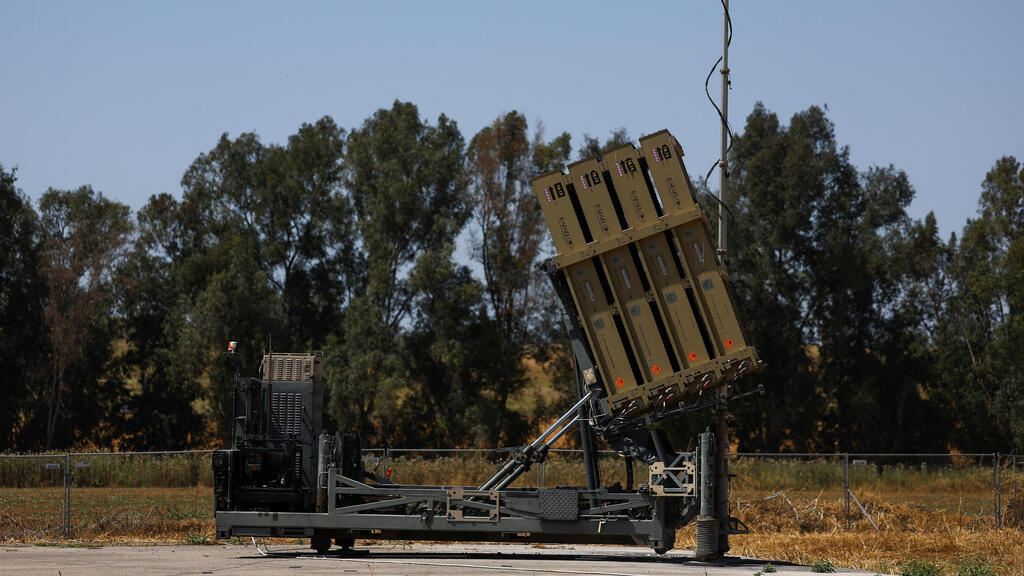Getting your Trinity Audio player ready...
Hezbollah targeted the Rafael Advanced Defense campus in the Galilee on Monday, the largest production weapons production site in the region. The attack was intercepted by the Iron Dome missile defense system.
This was not the first time such facilities had come under attack since the range of Hezbollah fire expanded further away from the border. The terror group posted images taken by a drone flying about Haifa showing possible strategic targets for attack in a video released last week.
Rafael is the main developer and manufacturer of two of Israel's key air defense systems — the Iron Dome and David's Sling. Hezbollah's recent attempt to launch a kamikaze drone toward the company’s northern plant once again proves its ability to threaten assets deep in northern Israel, approximately 30 kilometers south of the border. This incident highlights the ongoing challenges faced by Israeli detection systems in response to the expanding drone threat.
Although the drone was intercepted before it could hit its intended target, Hezbollah sees this as a sign of things to come, indicating the proximity of a full-scale war in the north. Hezbollah continues to demonstrate its list of potential targets in Israel is extensive, varied, and well within its reach.
This is particularly relevant to one of the Israeli military’s main issues — the availability of munitions that provide the IDF with the necessary tools to manage an intensive campaign over a long period.
It’s doubtful that a single drone would have caused significant damage. Measures against such an attack are relatively simple to implement and mainly involve evacuating to a safe room.
In a broader war with Israel, it’s likely Hezbollah won’t be content with sending a single drone but will attempt to launch many more at Israeli defense industries, combined with barrages of rockets and precision missiles capable of carrying large and highly destructive warheads. This could overwhelm the IDF's air defense systems, making it challenging to intercept a massive number of simultaneous threats.
The issue of protecting Israel’s defense industry has been a significant topic of discussion between companies and the Defense Ministry. The Israel Aerospace Industries (IAI) recently demanded that part of its dividend payments to the state be reinvested by the government to protect its production infrastructure, which has been operating around the clock since October 7.
A significant portion of the IAI's production facilities are located in central Israel, and it’s likely that these facilities will also be targeted in a war scenario with Hezbollah supported by its patron Iran.
Some defense companies have already begun to reposition their infrastructure to minimize damage and destruction in the event of a focused attack against them. These include separating their facilities, distancing critical production lines from each other, removing concentrations of hazardous materials, and protecting them using various means.
Similar protective measures have been implemented within the IDF’s Air Defense Command at least at some sites where Iron Dome and David's Sling batteries are deployed. These come in response to repeated Hezbollah attempts to damage anti-air defense systems. A senior officer recently told Ynet’s sister outlet Calcalist that hits against defense infrastructure have been registered in certain cases.





